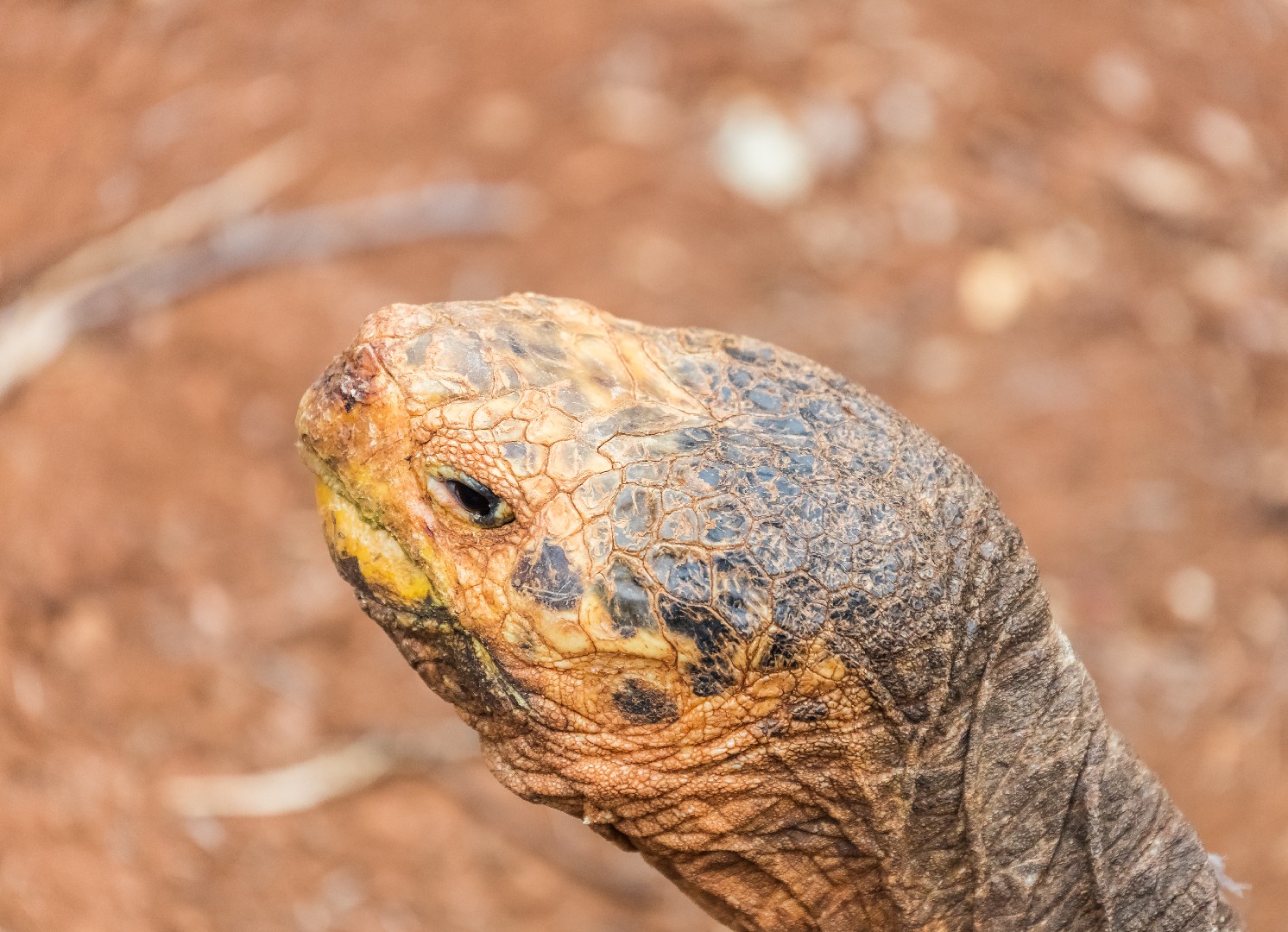San cristóbal giant tortoise
A species of Galápagos giant tortoises and allies Scientific name : Chelonoidis chathamensis Genus : Galápagos giant tortoises and allies
San cristóbal giant tortoise, A species of Galápagos giant tortoises and allies
Scientific name: Chelonoidis chathamensis
Genus: Galápagos giant tortoises and allies
Content
Description General Info
 Photo By Diego Delso , used under CC-BY-SA-4.0 /Cropped and compressed from original
Photo By Diego Delso , used under CC-BY-SA-4.0 /Cropped and compressed from original Description
Chelonoidis chathamensis, commonly known as the Chatham Island giant tortoise or the San Cristóbal giant tortoise, is a species of Galápagos tortoise endemic to San Cristóbal Island in the Galápagos.
General Info
Lifespan
100-170 years
Diet
San cristóbal giant tortoise's diet is majorly herbivorous, preferring succulent plants and fruits. They predominantly consume cacti and grasses, contributing significantly to their nutritional requirements. Municipal waste, however, may augment their natural diet.
Appearance
San cristóbal giant tortoise is a large, dome-shaped tortoise with sturdy, elephantine legs and leathery skin. It displays a dark brown-to-black coloration with a robust, thick shell that often bears the marks of its harsh environment. There are no substantial differences in appearance due to age, gender, or subspecies. This tortoise has a short tail and an elongated neck, aiding in reaching food sources.
Behavior
San cristóbal giant tortoise is a primarily solitary species, well-adapted to arid environments. Renowned for its slow, steady locomotion, this herbivore feeds on endemic plants, applying selective foraging. Nesting in the wild involves complex excavation behavior. Notably, the adults engage in social interactions mainly during the mating season.
Population
Increasing
Scientific Classification
Phylum
Chordates Class
Reptiles Order
Testudines Family
Tortoises Species
San cristóbal giant tortoise